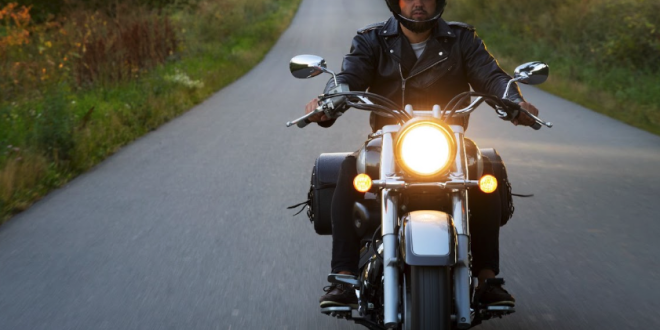Introduction
Tinnitus and permanent hearing loss sneak up on riders. You don’t feel them at first, and then one day a highway blast or a few seasons of commuting leave you with a ringing you can’t switch off. The good news is prevention is straightforward. This article lays out practical steps you can use on every ride to cut long-term risk, stay alert, and enjoy music or conversation without paying for it later.
Understand the risk and act first
Noise above roughly 80 decibels begins to damage hearing over time. A motorcycle at speed often sits well above that level, so simply sitting in traffic or cruising the highway can matter. Choosing protection matters because the right product reduces harmful energy while preserving the sounds you need to hear.
When you shop, prioritize products rated for riders and read real user reports. The best earplugs for motorcycle riding are designed to reduce fatigue without silencing essential cues like horns and speech.
Start with the basics: habit and kit
Make ear protection part of your pre-ride checklist. Keep a small carry case in your jacket pocket or tank bag so you never leave home without them. If you treat plugs like a routine item, wearing them becomes automatic and you dramatically reduce cumulative exposure.
Look for durable options that are easy to clean. The best motorcycle earplugs often come with replaceable tips and a compact case so you’ll keep them in working order for years.
Pick the right protection for the ride
Not all plugs are the same. Foam options give strong attenuation but can muffle critical sounds. Filtered plugs reduce volume evenly and retain clarity, which is important for situational awareness. Custom molds provide consistency and comfort over long miles.
For daily commuters and tourers who want longevity with minimal fuss, the best earplugs for motorcycle riding tend to be filtered designs that preserve the character of traffic sounds while lowering loud peaks.
Fit beats fancy specs
A perfect spec sheet means nothing if the plug leaks. Fit is the number one factor that determines actual protection. Spend time learning how to insert foam or silicone tips properly, and test each option in your helmet before you commit.
If you’re serious about long-term protection, consider a custom solution. Custom molds give a repeatable seal and they often become invisible after a few wears, which makes you far more likely to keep them in for the whole ride.
Lower volume, not quality
If you listen to music on the bike, pair it with protection. Reducing ambient noise lets you lower playback volume and still enjoy clarity. Avoid generic earbuds that force you to crank sound into the danger zone.
Use systems designed for helmets or in-ear transducers combined with the best earplugs for motorcycle riding so you can keep audio levels safe and preserve hearing over years of riding.
Routine checks and realistic replacement plans
Treat ear protection like tires or brake pads. Inspect tips for wear and replace consumables on a schedule. Foam compresses and loses effectiveness; silicone tips wear differently. A small budget for replacement keeps performance predictable.
If you ride daily, factor replacement costs into your long-term gear plan. Over time, a quality set that’s maintained will be far cheaper than coping with hearing loss.
When to escalate: see a pro
If you notice ringing, difficulty understanding speech in noisy places, or sudden dips in clarity, see an audiologist. Early intervention matters. Once damage is done it cannot be fully reversed, but a professional can diagnose the issue and help you adapt and protect further.
Don’t wait until symptoms are obvious. Preventive care combined with practical steps is the best way to avoid permanent problems.
Conclusion
Preventing tinnitus and long-term hearing damage doesn’t require heroic measures. It’s about routine: the right protection, a reliable fit, and a few small habits you follow every time you ride. Look for rider-focused products, prioritize fit over flashy specs, and pair audio systems with protection so you can enjoy the ride without paying for it later. The best earplugs for motorcycle riding are the ones you actually wear, so pick something comfortable, keep it maintained, and make protection automatic. Do that and you’ll protect more than hearing, you’ll protect years of riding enjoyment.
 USAInsiderToday Latest News, Features, and Culture Coverage
USAInsiderToday Latest News, Features, and Culture Coverage

